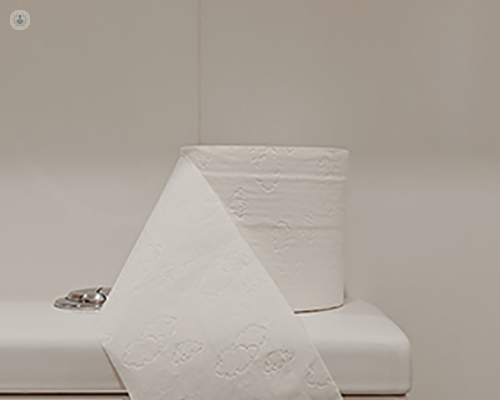Understanding benign prostatic hyperplasia (BPH)
Escrito por:An enlarged prostate, medically known as Benign Prostatic Hyperplasia (BPH), is a condition that affects a significant number of men, especially as they age. In his latest online article, Mr Edward Calleja gives us his insights into enlarged prostate. He talks about the common symptoms, diagnosis and tests, treatment options, risk factors and lifestyle changes or natural remedies that can relieve symptoms.

What are the common symptoms of an enlarged prostate (BPH)?
Frequent urination, particularly at night, is one of the most common symptoms of BPH, with nearly 65% of men with BPH reporting this issue. Around 40-45% of men find it hard to start urination, while about 50% experience a weakened urine stream, which may also be intermittent. In severe cases, about 20% of men report that they cannot empty their bladder.
How is an enlarged prostate diagnosed, and what are the available tests?
The first line of diagnosis is usually a digital rectal examination (DRE), effectively identifying BPH in about 75% of cases. Blood tests such as prostate-specific antigen (PSA) can help diagnose BPH. However, elevated PSA levels can also indicate other conditions like prostate cancer. Ultrasound and MRI scans are used for a more detailed assessment in about 20% of cases.
What are the treatment options for managing an enlarged prostate?
Alpha-blockers and 5-alpha reductase inhibitors are the most commonly prescribed medications, effective in 60-70% of cases.
Surgery Options following failed medical treatment
When medication is ineffective in alleviating symptoms, surgical options can provide relief. These include:
TURP (Transurethral Resection of the Prostate): This is the most traditional surgical option and has been widely used for decades.
HoLEP (Holmium Laser Enucleation of the Prostate): A minimally invasive procedure that employs laser technology to remove prostate tissue.
BNI (Bladder Neck Incision): This is often used for smaller prostates and involves making small incisions in the bladder neck to improve urine flow.
Aquablation: A newer, robotically guided method that uses water to remove excess prostate tissue.
The success rate for these surgical procedures is generally high, with around 90% of patients experiencing relief post-surgery.
Minimally invasive procedures
Procedures like UroLift and Rezūm are increasingly popular, with success rates of around 80%. These options are generally less invasive and have quicker recovery times than surgical methods.
What are the risk factors for developing an enlarged prostate, and can it be prevented?
Men above 50 are at a higher risk; nearly 60% of men above 60 have some form of BPH. Approximately 35% of men with a family history of BPH are likely to develop the condition. While BPH can't be entirely prevented, a healthy diet and regular exercise can reduce the risk.
Are there any lifestyle changes or natural remedies that can alleviate the symptoms of an enlarged prostate?
A diet rich in fruits and vegetables can alleviate symptoms in about 25% of cases. Moderate exercise has shown a 20-30% reduction in BPH symptoms. Supplements like saw palmetto have shown promise but have yet to be proven effective.
Mr Edward Calleja is an esteemed urologist with more than 15 years of experience. You can Schedule an appointment with Mr Calleja on his Top Doctors profile.


